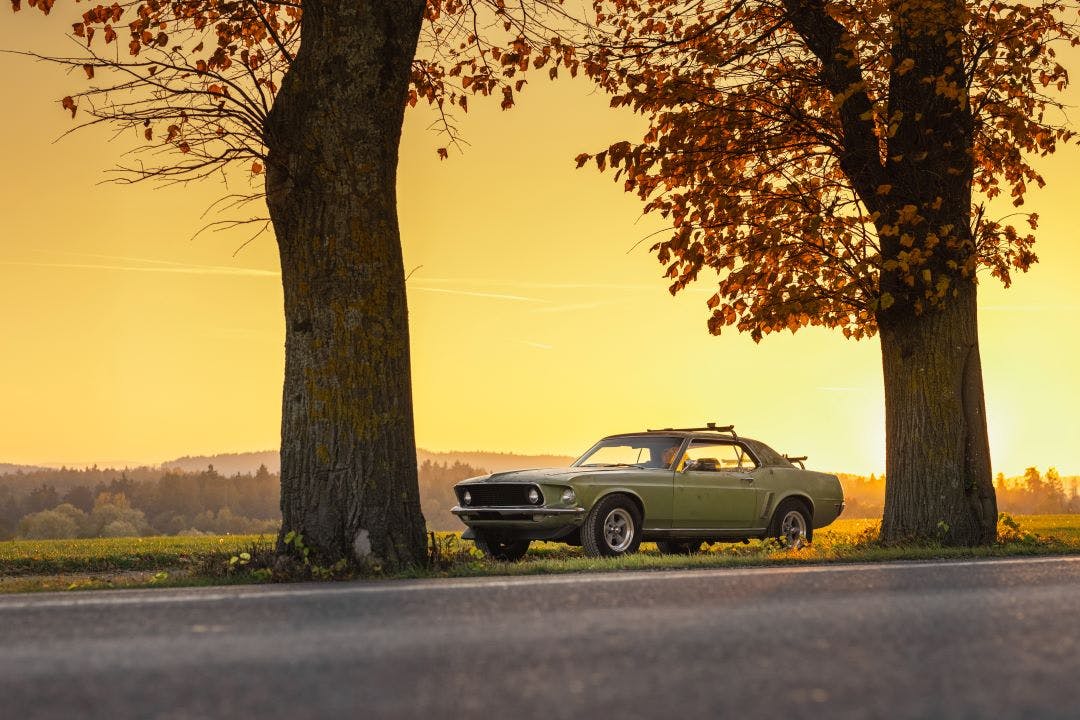
Origins of the Term “Muscle Cars”
Muscle cars, with their roaring engines and captivating designs, have captivated car enthusiasts for decades. But have you ever wondered how the term “muscle car” came to be? Join us on a journey back in time as we unravel the origins and evolution of this iconic term.
Birth of the Powerhouses
In the late 1940s and early 1950s, American automobile manufacturers began experimenting with powerful engines and lightweight bodies. These experiments resulted in the birth of the first true muscle cars, such as the Oldsmobile Rocket 88 and the Chrysler 300. Although the term “muscle car” had yet to be coined, these early powerhouses laid the foundation for what was to come.
The Rise of Horsepower
As the 1950s progressed, car manufacturers continued to push the boundaries of performance. In 1955, Chevrolet introduced the small-block V8 engine, a lightweight powerhouse that offered an impressive power-to-weight ratio. This engine became the cornerstone for many future muscle cars.
Enter the “Super Car”
In the early 1960s, the term “super car” emerged to describe high-performance, street-legal vehicles. It encompassed a broader range of powerful automobiles, including European sports cars and American muscle cars. However, it didn’t take long for the term to be associated predominantly with the American powerhouses.
The Birth of “Muscle Car”
The precise origin of the term “muscle car” remains somewhat disputed, but it gained widespread usage in the mid-1960s. Some credit John Z. DeLorean, Pontiac’s general manager at the time, for coining the phrase. Others argue that auto journalists and enthusiasts popularized the term to describe the new breed of high-performance American cars hitting the market.
The Golden Era
The late 1960s and early 1970s marked the golden era of muscle cars. Iconic models such as the Chevrolet Camaro, Ford Mustang, Dodge Charger, and Plymouth Road Runner dominated the roads. These vehicles boasted massive engines, aggressive designs, and blistering speeds, making them the epitome of the muscle car era.
The Decline and Resurgence
The 1970s brought numerous challenges to the muscle car industry. Stringent emission regulations and the energy crisis led to a decline in performance and power. By the end of the decade, muscle cars had lost much of their allure.
However, the spirit of the muscle car never truly died. In the 1980s and beyond, car manufacturers gradually reintroduced performance-oriented vehicles. The term “muscle car” continued to be associated with these modern interpretations, often featuring retro styling cues and powerful engines.
From the early experiments with power and speed to the roaring beasts of the 1960s and 1970s, the history of muscle cars is a testament to the American automotive industry’s pursuit of performance. The term “muscle car” has become synonymous with raw power, bold designs, and an enduring legacy that continues to captivate automotive enthusiasts around the world.

